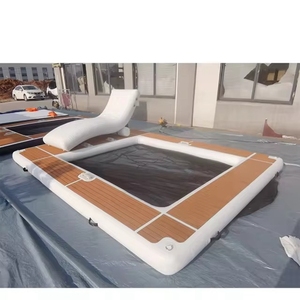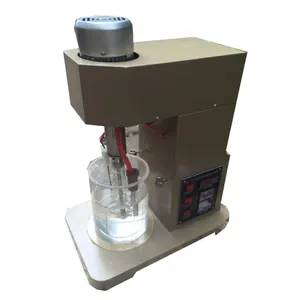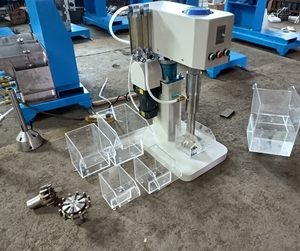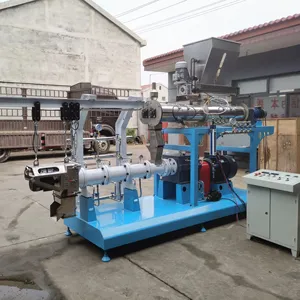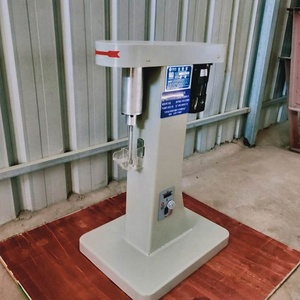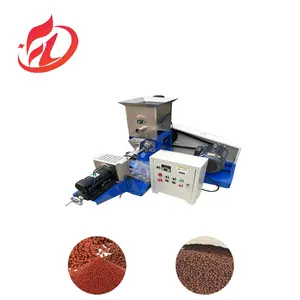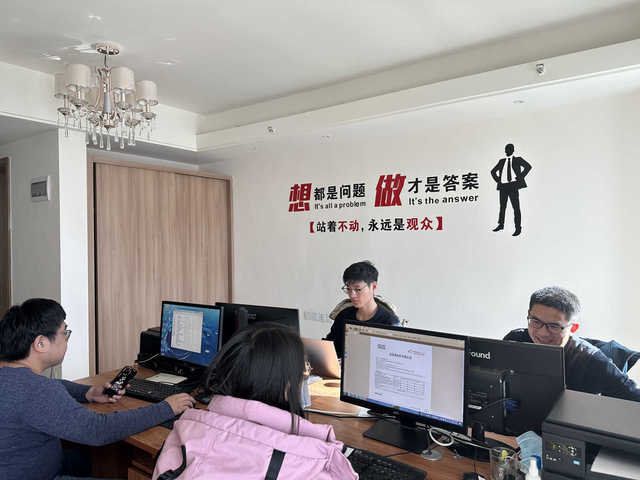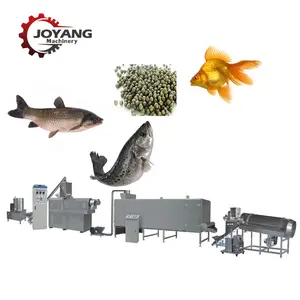Floating Device Producer






















































About floating device producer
Where to Find Floating Device Producer Suppliers?
China dominates the global floating device manufacturing landscape, with key industrial clusters offering distinct advantages. Guangdong Province—specifically Guangzhou—represents the epicenter, housing over 60% of specialized producers. This region leverages mature supply chains for raw materials like PVC and TPU, coupled with streamlined export logistics via the Pearl River Delta ports. Jiangxi and Zhejiang provinces have emerged as competitive alternatives, with lower labor costs and growing expertise in niche segments like marine safety gear and inflatable water parks. These clusters benefit from provincial government incentives, including tax breaks for export-focused factories and R&D grants for eco-material innovation.
Proximity to industrial zones accelerates prototyping and bulk production. For instance, Guangzhou’s Panyu district integrates design studios, mold workshops, and testing labs within a 10km radius, enabling faster iteration. Buyers should prioritize regions aligning with their product complexity: Guangdong excels in high-customization orders, while Jiangxi offers cost efficiency for standardized designs.
How To Choose Floating Device Producer Suppliers?
Selecting a reliable supplier requires evaluating technical capabilities, compliance, and operational transparency. Start by verifying ISO 9001 or ISO 13485 certifications for quality management systems, non-negotiable for safety-critical products like life jackets. Demand proof of CE/USCG certification for target markets, ensuring designs meet regional buoyancy and durability standards.
Assess production scalability through:
- Staff-to-facility ratios: Factories with 50+ staff and >2,000m² space typically handle 10,000+ unit/month volumes.
- Material traceability: Reputable suppliers provide PVC/TPU sourcing documentation and ASTM/EN 71 test reports.
- On-site audits: Prioritize vendors allowing virtual factory tours or third-party inspections (e.g., SGS) to verify welding/seam-sealing technologies.
Sample evaluation is critical. Test prototypes for buoyancy retention (24hr submersion), seam strength (>200N force resistance), and UV degradation thresholds. Additionally, analyze response time patterns—suppliers with ≤2h average communication latency reduce project risks.
What Are the Best Floating Device Producer Suppliers?
The following manufacturers lead in scalability, compliance, and performance based on operational data:
| Company Name | Location | Years | Staff | Area (m²) | On-Time Delivery | Response Time | Rating | Revenue (USD) | Reorder Rate |
|---|---|---|---|---|---|---|---|---|---|
| Guangzhou Huale Inflatable Products Co. | Guangdong | 13 | 340+ | 25,000+ | 97.0% | ≤2h | 4.9/5 | $100,000+ | <15% |
| Ningbo Wonderful Plastic Industry | Zhejiang | 11 | 110+ | 9,700+ | 97.6% | ≤3h | 4.8/5 | $1,600,000+ | <15% |
| Guangzhou Shao Xiong Toys Co. | Guangdong | 10 | 30+ | 5,000+ | 97.0% | ≤1h | 4.8/5 | $680,000+ | <15% |
| Guangzhou Powerful Toys Co. | Guangdong | 12 | 40+ | 1,500+ | 97.9% | ≤3h | 5.0/5 | $400,000+ | <15% |
| Guangzhou Leyang Inflatables | Guangdong | 14 | 70+ | 2,900+ | 93.3% | ≤6h | 5.0/5 | $46,000+ | 20% |
Guangzhou Huale stands out for large-scale production (25,000m² facility) and premium quality control (4.9/5 rating), ideal for bulk marine safety orders. Ningbo Wonderful leads in revenue scalability, suited for retailers needing diverse inflatable product lines. For rapid-response partnerships, Guangzhou Shao Xiong delivers ≤1h query resolutions and mid-volume flexibility.
FAQs
What is a floating device?
A personal flotation device (PFD; also referred to as a life jacket, life preserver, life belt, Mae West, life vest, life saver, cork jacket, buoyancy aid or flotation suit) is a flotation device in the form of a vest or suit that is worn by a user to prevent the wearer from drowning in a body of water.
Can you swim with a flotation device?
While PFDs are a great water safety practice, it interferes with actual swimming skills. Learning how to swim while wearing them is not effective and may hinder a child from learning basic skills. Float belts may keep a child above the surface of the water, but these devices can also tip a child backward or forward.
What is a floatation device called?
A personal flotation device—also known as a PFD—gives you more buoyancy to help you stay afloat in water. A PFD is an essential piece of gear for every kayaker, canoer and stand up paddle boarder.
How to improvise a floating device?
Use balloons, foam pieces, or corks to design a PFD that keeps the can afloat. Some participants may decide to build an inflatable device, while others may choose to build a passive flotation device. Straws may be used to inflate balloons or sandwich bags after the flotation device is placed on the can.
How to verify floating device producer reliability?
Require ISO 13485 certification documentation, third-party test reports for buoyancy and tensile strength, and historical performance data (e.g., on-time delivery rates). Conduct virtual factory audits to inspect seam-sealing automation and material storage conditions.
Is there a minimum order for custom designs?
Most manufacturers enforce MOQs starting at 500–1,000 units for custom PFDs. Suppliers like Guangzhou Huale accept lower volumes (200–300 units) for hybrid designs using existing molds.
Do suppliers provide free samples?
Sample policies vary: Established producers like Ningbo Wonderful offer free samples for standardized products but charge $50–$200 for custom prototypes. Startups may waive fees for confirmed bulk orders.









